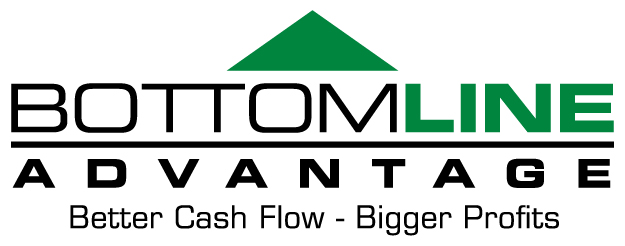- May 12, 2016
- Posted by: admin
- Category: Secrets of Hidden Profit

Most organization leaders pay close attention to what they’re spending on direct costs such as materials, payroll, and production systems. Your production managers are probably working on some aspect of direct-cost spend management right now.
However, your team might not be as concerned with what you’re spending on indirect costs — essentials that keep your business functioning every day — such as document production, energy use, telecommunications, IT, and waste removal. Company decision-makers simply assume those costs are fixed, already as low as they can be, or not significant enough to bother with.
Turns out, those indirect costs actually represent a major chunk of your budget. It’s critical to regularly step back and evaluate those hidden costs.
The issue with spend management
When you’re not in the habit of examining indirect costs critically, it’s hard to get those costs on track. However, spend analysis is one of the leading strategies that corporation leaders can use to ensure long-term business success.
The concept is simple: Figure out what you spend on indirect costs, who you’re spending that money with, the full value you’re getting, and whether that spend is smart for your organization. The benefits of spend management include immediate improvements, such as:
- Reduced upfront costs
- Elimination of duplicate suppliers
- Improved internal systems and processes
- Lower supply inventory costs
- Improved service from vendors
And these are just a few of the positive impacts. Spend management has emerged as a leading strategy for driving continuous improvement throughout an organization; so why aren’t more company leaders implementing it for indirect spend?
Measuring is difficult without a yardstick
Effective spend management relies on identifying savings opportunities and building strong negotiation based on solid data and meaningful business cases. However, some real barriers to spend management may stand in the way.
- Problematic data sources
- Inaccurate or incomplete data
- Labor-intensive data analysis processes
- Limited category expertise
- Poor analysis tools
Many firms’ decision-makers put the spend data analysis in the hands of IT professionals who understand data from a perspective that’s very different from the approach of an expert in purchasing and buying strategies. The end result is fragmented spending strategies that fail to take full advantage of the company leaders’ purchasing power and fail to identify opportunities to save money and better leverage vendor relationships.
Working with an independent spend management consultant — a true Expense Category Expert (ECE) who is unaffiliated with any specific vendor and has deep knowledge of the vendor industry — gives your team an edge. An ECE applies competent spend management strategies that cover the breadth and scope of data classification and analysis, supplier accountability, product and inventory management, and more.
Spend management goes beyond cost reduction. It is a detailed process of leveraging spending data to reduce costs while improving operational performance. Through the application of an ECE’s independent expertise, analysis of your indirect spend will typically return hundreds of thousands of dollars to your company’s bottom line.
Ironclad Guarantee from BottomLine AdvantageYour “Ironclad Hard-Dollar Results Guarantee” states in writing the minimum net hard-dollar figure that a BottomLine Advantage expert will recover for you. If we don’t achieve that figure, we will complete your project, waive the performance-based fee, and you’ll keep 100% of the hard dollars recovered.
Our process has NO upfront costs and is never an expense.
To learn more, visit our website, read our case studies, or contact us directly.

